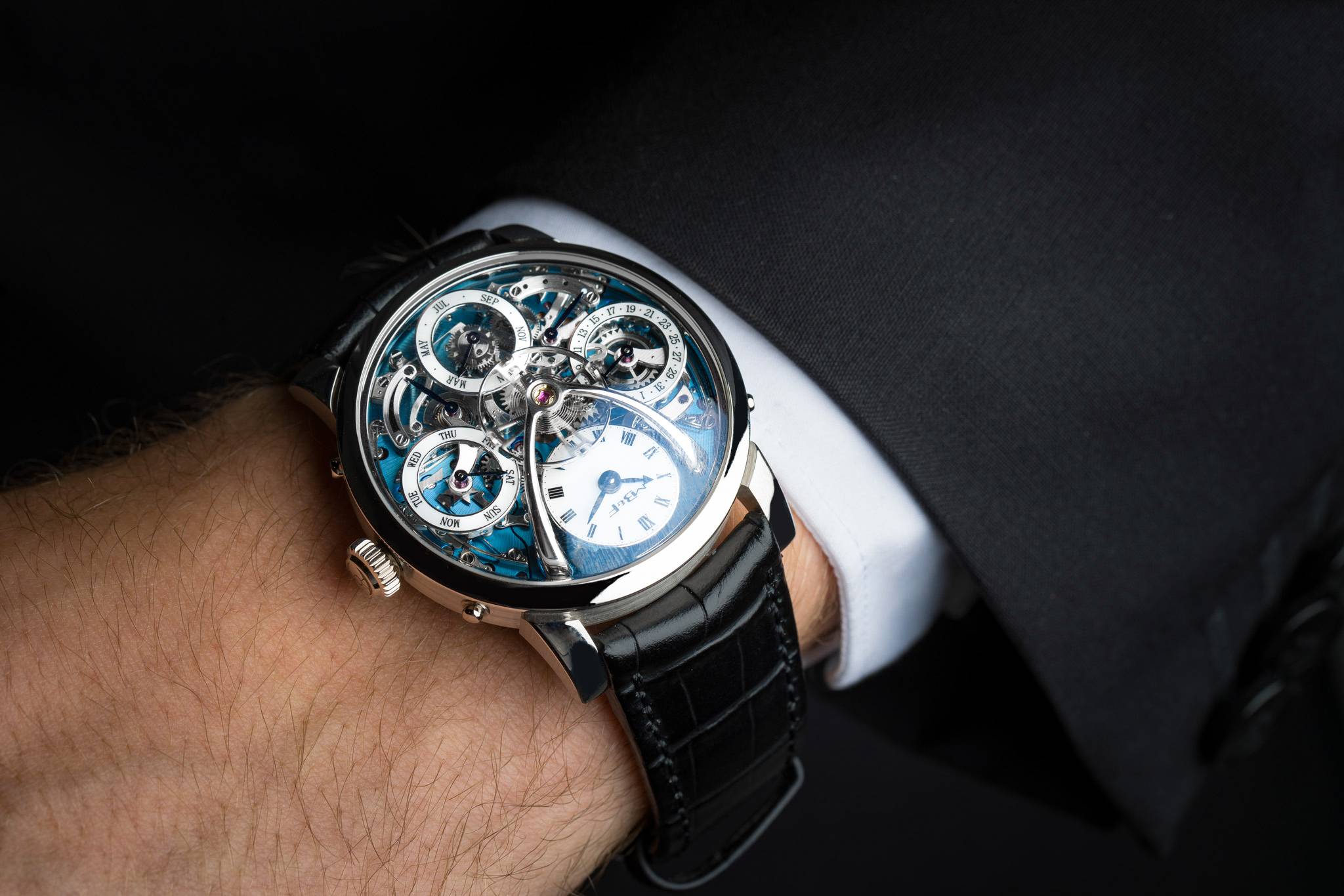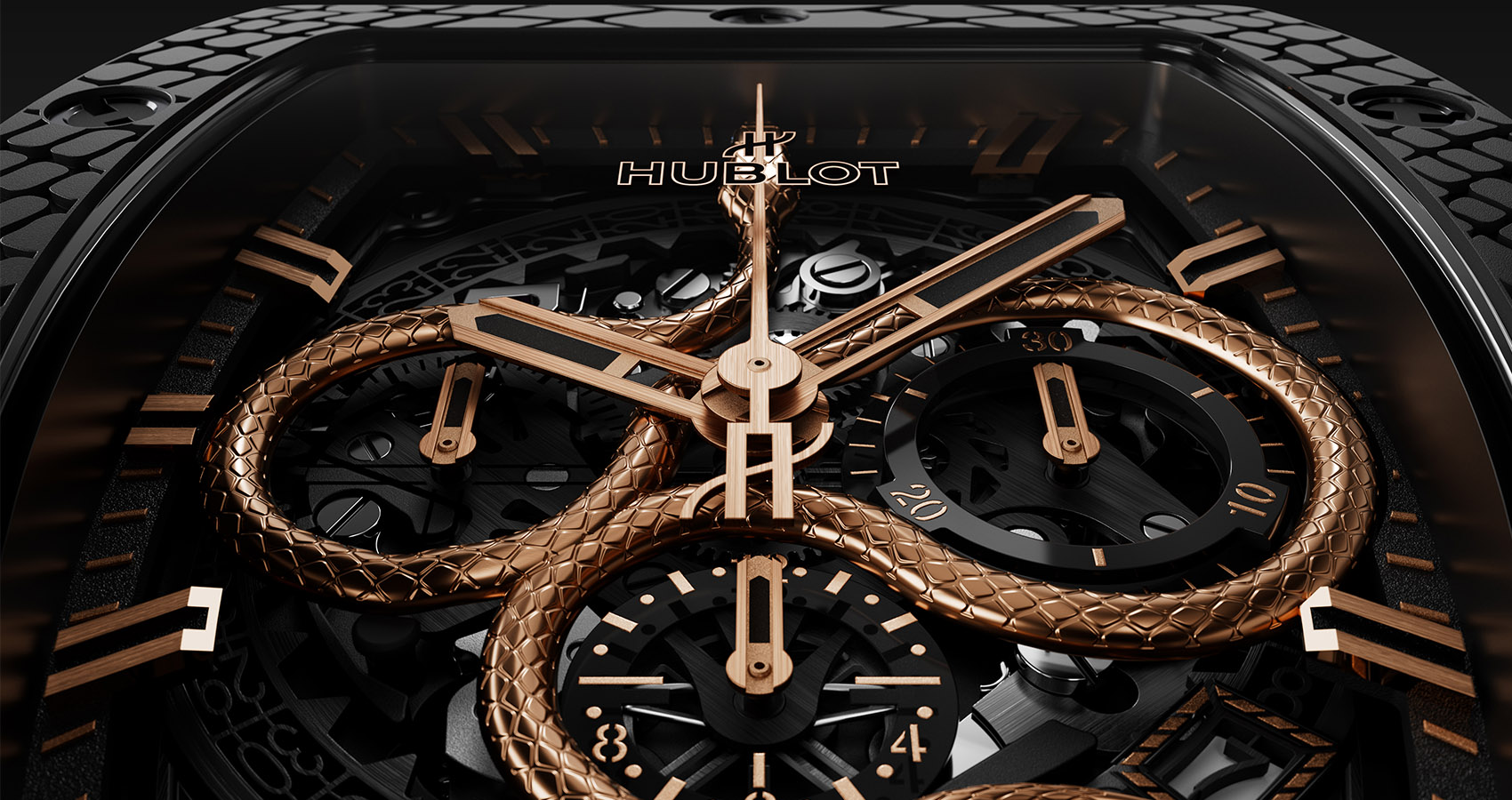
Fumbling with February: Why Not All Calendar Watches Are Created Equal
The end of February is always a minor event in the world of watch connoisseurs. The shortest month of the year prompts additional work for those with a watch collection, dates have to be forwarded to be ready for March, but not everybody will have the same amount of work on its hands.

The Regular Calendar
Owners of modern watches with a date function will simply pull out the crown to the correct position to the set the correct date. While we take this function now for granted, it wasn’t until the 1950’s that it was introduced. Some brand didn’t even incorporate it in their movements until the 1970’s. The “rapid calendar advance”, “fast date correction”, or “quick set date” as it is commonly referred to, is a timesaver, especially for those who own many watches.
It does, however, mean that with any month that doesn’t have 31 days, you need to correct it manually. Some watches can do this for you: the annual calendar, and the perpetual calendar.

The Annual Calendar
For people with an annual calendar, the end of February is somewhat of a wake-up call. All year their watch would display the correct date, yet February is the only month that requires a manual correction. This is what sets an annual calendar apart from a perpetual calendar. While an annual calendar automatically adjusts the date with 30- and 31-day months, it lacks the gears to do so for the 28-days of February, and also to take into account the leap years.
While for some watch collectors this is the reason to insist on getting a perpetual calendar, annual calendars have been increasingly popular. Because they are slightly less complex, they are often easier obtainable for many collectors, while at the same time they offer a significant advantage over a regular calendar watch.

Because the annual calendar is not regarded as a classical complication, most brands also allow themselves more freedom when it comes to the design. Omega created the month and date window next to each other, which can be seen as a play on the day and a date window that you can often find on the chronographs fitted with ETA/Valjoux caliber 7750 (which is not an annual calendar!). Zenith incorporated an annual calendar within their El Primero movement line, also forgoing a traditional look while offering two desirable complications in one watch.

That being said, there are of course also plenty of brands that still have their annual calendars use hands to inform you of the correct date and month. Some even feature a moon phase indicator, like the recently introduced A. Lange & Söhne 1815 Annual Calendar.

The Perpetual Dream
The perpetual calendar owners among us can kick back and relax on the last day of February. In fact, they might even make an event out of it! Their watches will automatically correct for the length of February, no matter if it is a leap year or not. They will have the pleasure of seeing the date hand of their watch moves forward three days to be ready for the beginning of March.

With most perpetual calendars this is indeed a hand, but with the ever increasing popularity of large date watches, a lot of manufactures incorporated one of these in their perpetual calendars as well. Best known for this is, of course, A. Lange & Söhne and IWC. While they are perpetual calendars, the large date adds a significant amount of complexity to them. Now it is not a tiny hand that needs to move four places, but quite a large (in watch dimensions) date wheel. This is a considerable amount of energy that the movement needs to release in a very short amount of time. Storing and releasing this energy in such a controlled way, that it doesn’t affect the timekeeping performance of the movement is something that adds a considerable challenge in the creation of an already complex movement.

Even perpetual calendar owners are not completely free of burden. Depending on which perpetual calendar they exactly own, they will need to include precise instructions regarding their watches into their will. Some perpetual calendars need to be sent back to the manufacture in 2499, because their hunderd-year counter runs out, others need to manually correct the moon phase one day in the year 2100, but these will all be the troubles of those that come after us!
 SIGN UP
SIGN UP










